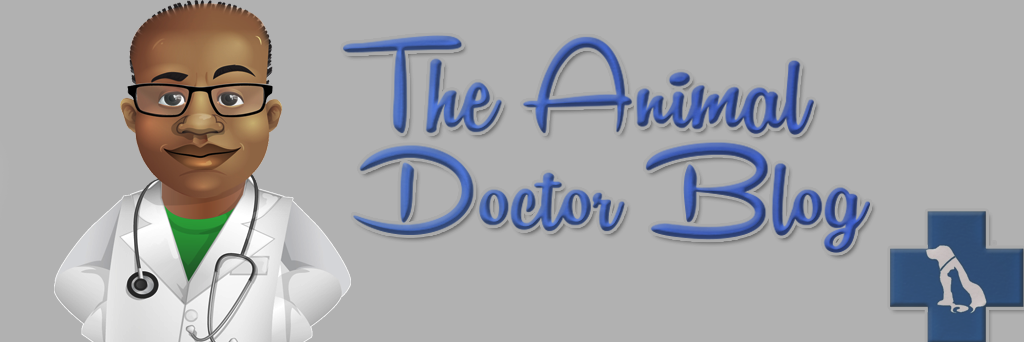The hardest thing to witness with our pets are watching them age. When we age we experience changes such as wrinkles and graying hair. In similarity when our pets age they may undergo many physical and behavioral changes. Some of these changes require us to adjust the care that we provide for them. I will discuss some of these changes that can occur with aging in cats in this article.
Cat Aging vs Human Aging
Aging in cats obviously differs when compared to us. Cats age at a faster rate than humans. A cat is considered an adult at the age of one compared to a human who requires 18 years to reach that status. After that, each year for a cat is equivalent to 5-7 years in a human. If this is considered, then a cat is a senior citizen at the age of 8 years old. It is around this age that you may notice some of the physical changes associated with aging.
Changes that come along with aging in cats
Grooming Habits
One change you may notice with aging in cats is that the fur becoming unkempt and mats may develop in the coat. This is typically due to a change in grooming habits. Frequent brushing (at least twice a week) may be required to keep this to a minimum. If brushing does not seem to help then a trip to a groomer may be necessary for a possible shave down.
Nails
Aging in cats also affects the nails. You may notice the nails becoming thickened and if not trimmed on a regular basis they can curl into the foot pads.
Dental disease
Dental disease is more prevalent with aging in cats. Changes you may observe include formation of dental tartar, loosened teeth, and inflamed gums. With cats, it can sometimes be difficult to notice dental changes since they tend to occur at the back of the mouth. For this reason it becomes more important that your cat has a yearly exam so dental problems can be caught early. In my experience most cats don’t get seen for dental problems until the disease is really severe. The most common complaints are not wanting to eat, a bad odor from the mouth, or observing a loose tooth or teeth. At this point treatment is usually more involved and expensive.
Changes with eyes
Fortunately aging in cats rarely cause changes with their eyes. However you may note that the colored portion of their eyes may begin to get a mottled appearance with dark dots. These are normal aging changes and in most cases are nothing to worry about.
Common diseases in aging cats
The unfortunate circumstances that comes with aging in cats are diseases. The three most common diseases that develop in cats include Diabetes, Kidney disease, and Hyperthyroidism. It is important that when your pet turns 8 years old that yearly lab work is performed so these diseases can be detected early. Earlier detection can maximize treatment effectiveness. Below are some signs and symptoms to look for in these diseases.
Diabetes in cats is typically noted by excessive thirst and urination. Also your cat’s appetite may seem to increase but it may still lose weight. This disease is confirmed with laboratory tests when there is elevated blood glucose and glucose in the urine. Management of diabetes involves daily insulin injections and a special diet.
Kidney disease can have similar signs as diabetes with the excessive thirst and urination. Where it differs is that the appetite can start to decrease. Other signs also may include vomiting and weight loss. Cats with kidney disease also demonstrate muscle wasting. Management of this disease can be challenging especially as it progresses.
Hyperthyroidism is similar to diabetes when it comes to appetite and weight loss. Your cat may seem hungry all the time and still lose weight. This is because the thyroid gland is responsible for controlling the body’s metabolism. Initially you don’t see a change in thirst or urination. You can witness some vomiting, diarrhea, and hyperactivity. Some hyperthyroid cats may also exhibit excessive grooming which can lead to hair loss. Hyperthyroidism is manageable but may require life-long medication depending on what treatment option is chosen
All of these diseases mentioned are diagnosed through blood panels. They are easier to manage if detected earlier versus when the disease it at its end state.
Final Thoughts
As you can see vigilance for your pet’s health is important especially when they become a senior. Looking for and addressing signs of disease when they occur will play an important role in improving your cat’s well-being. Aging in cats can be a graceful experience if you take the necessary steps for care.


Great article Dr. Alleyne